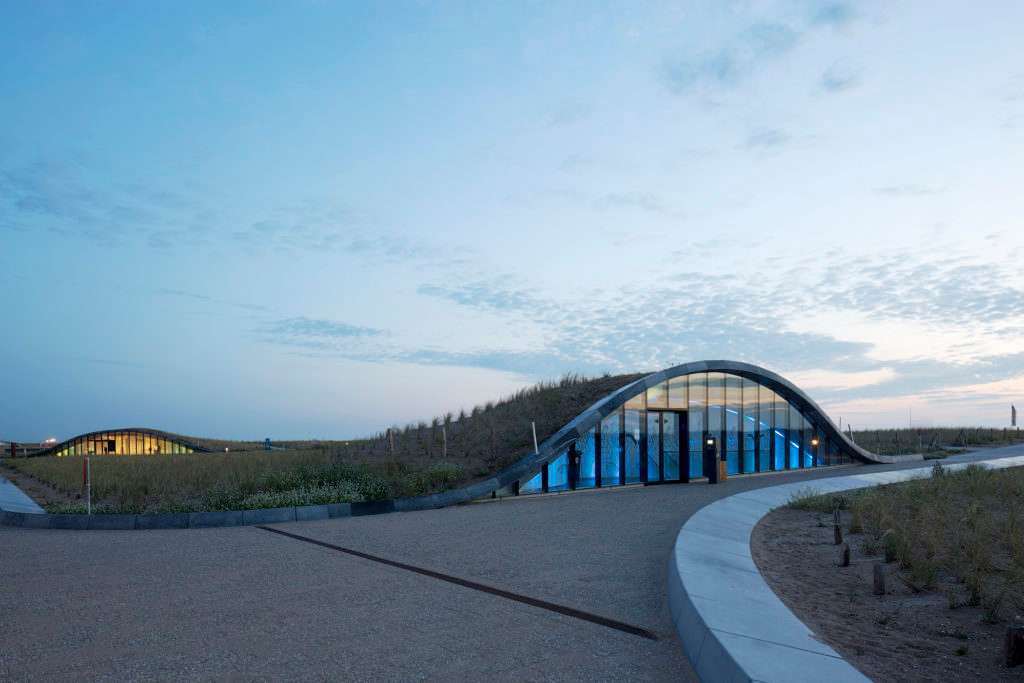Know
Special envoy brings lessons in climate change and sea level rise from the Netherlands to Tampa Bay

For many Floridians who have seen climate change and sea level rise first-hand through rising tides and storms of growing intensity, the Netherlands likely isn’t top of mind when considering the global effects of climate change. But with most of its land below sea level, the Netherlands is more threatened by climate change than any other country in the world.
That’s why on Wednesday morning, the Tampa Bay Regional Planning Council welcomed the Netherlands’ Special Envoy for International Water Affairs, Henk Ovink, to share lessons in resiliency innovation from the Netherlands, as well as his work with the Obama Administration in the aftermath of Hurricane Sandy. Ovink, who authored Too Big: Rebuild by Design’s Transformative Response to Climate Change, developed a climate change and resiliency competition, Rebuild By Design, which resulted in seven major, federally-funded projects of over $1 billion.
The Netherlands is implementing proactive planning efforts to prepare for sea level rise and increase the resiliency of its cities, efforts that Tampa Bay leaders like Pinellas County Commissioner Janet Long are interested in spreading. Long spoke at length Wednesday morning about the challenges Tampa Bay faces as a region.
According to a 2014 Climate Central study, 47 percent of the Netherlands’ population lives in areas that would be under water by the end of this century; and if projections of sea level rise are correct, Tampa Bay is not far behind. New projections made in April 2019 by the Climate Science Advisory Panel (CSAP) show that Tampa Bay could expect to see 2 to 8.5 feet of sea level rise by 2100.
“This is not only about a storm hitting your state,” said Ovink. “This is our relationship with nature, our relationship with the places that we live, our relationship with the natural resources that we better take better care of,” he continued, as he showed a chart of natural waterflow through the Florida Everglades, as compared to the current waterflow due to agriculture and urbanization.
“There’s nothing wrong with agriculture and urbanization, but there’s something wrong if we don’t do it sustainably or resiliently. We create more failure instead of less.”
The issues of urbanization are especially pressing for cities like St. Petersburg and Tampa, as well as Miami and Fort Lauderdale, where Ovink spent time earlier in the week addressing the same topics. In all of these areas, growth shows no signs of slowing.
“Cities are at the forefront of climate risks, because this is where we live, where we build up our families, our environment, our culture, our economies … and cities in the most vulnerable areas like St. Pete-Tampa, here in the bay area are urbanizing faster.”
“Florida is still the hot spot for a lot,” said Ovink. “It’s the economic growth hub of the U.S. and the most income growth. If you have it all and everybody wants to come here, we better take care of it.”
Preparing for climate change and sea level rise is much more than picking up the pieces after the latest disaster, said Ovink. The Netherlands is home to dozens of examples of innovative infrastructure planning that approaches climate change proactively. Ovink shared one project, known as a “dike in dune,” nestled in the city of Katwijk.
This coastal town is home to a two-pronged project, a dune structure that serves as a high stone barrier to stop storm surge, and an underground parking garage that is buried beneath it. This kind of infrastructure, built not just for the needs of today but for those of the future, is the kind of forward-looking, resilient infrastructure that all cities should be building, said Ovink. In fact, the architects of that project have successfully exported their waterfront development ideas elsewhere.

The underground parking garage in Katwijk aan Zee won the Dutch “Building of the Year 2016” architecture prize.
That same company won the Rebuild by Design competition to help create a flood plan for Hoboken, New Jersey, and a similar project in Jakarta Bay.
These kinds of projects, and many others in the Netherlands, like Eendragtspolder, a water retention and storage area, which serves as an international rowing course; or Zandmotor, a man-made island of Rotterdam, that was created to reduce the need for beach renourishment and encourage coastal outdoor activities like camping; infuse future thinking in current day infrastructure.
Ovink strongly rebuked what he called “non-responsive” infrastructure being built throughout the world, under the guise of preparing for climate change, like the infrastructure bill recently signed into law by Florida Gov. Ron DeSantis.
“Business as usual is not only not enough anymore,” said Ovink. “It’s lethal.”
“Around the world, we’re spending trillions of dollars investing in non-responsive infrastructure. All over the place. Dumb infrastructure that might be good for some part of the economy, but it’s bad all over. That non-responsive infrastructure investment is driving us from crisis to crisis.”
According to Ovink, all infrastructure dollars should be spent on sustainable and resilient infrastructure, the kind that provides benefits today and in the future, connecting smaller projects to a larger plan of preparation for the future.
“Building back better still is responding to the past disaster … it’s not preparing yourself, your communities, your economies, your environment for the future. If that is the case, we’re better off than non-responsive, but if we really want to be better off in the future, we have to be very proactive, we have to reinvent ourselves, we have to be able to leapfrog to the future.”

